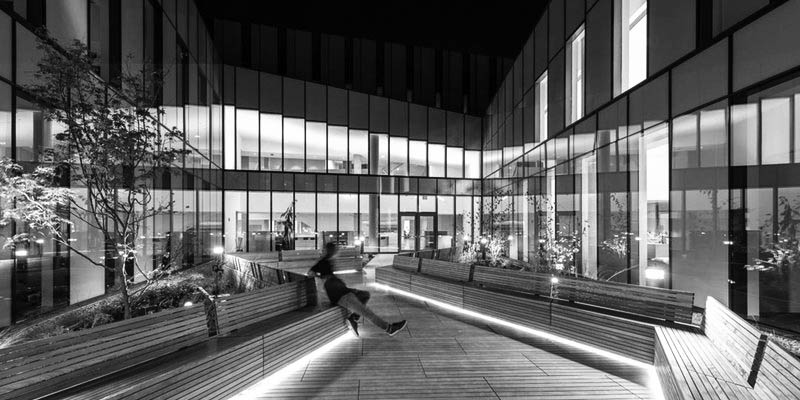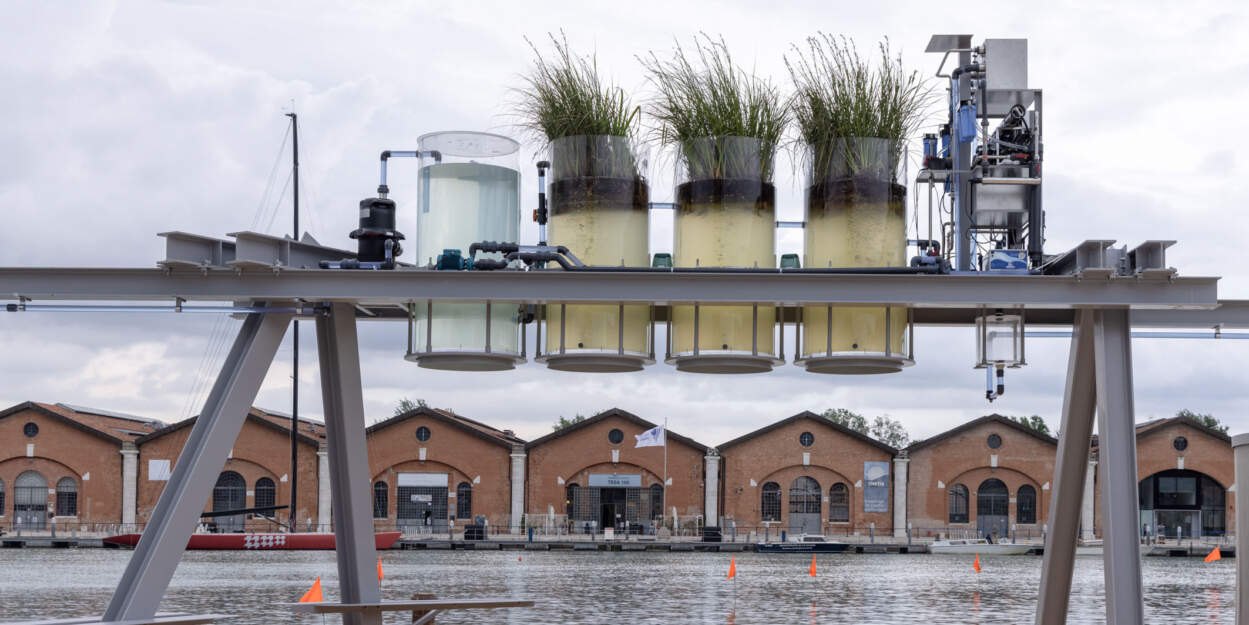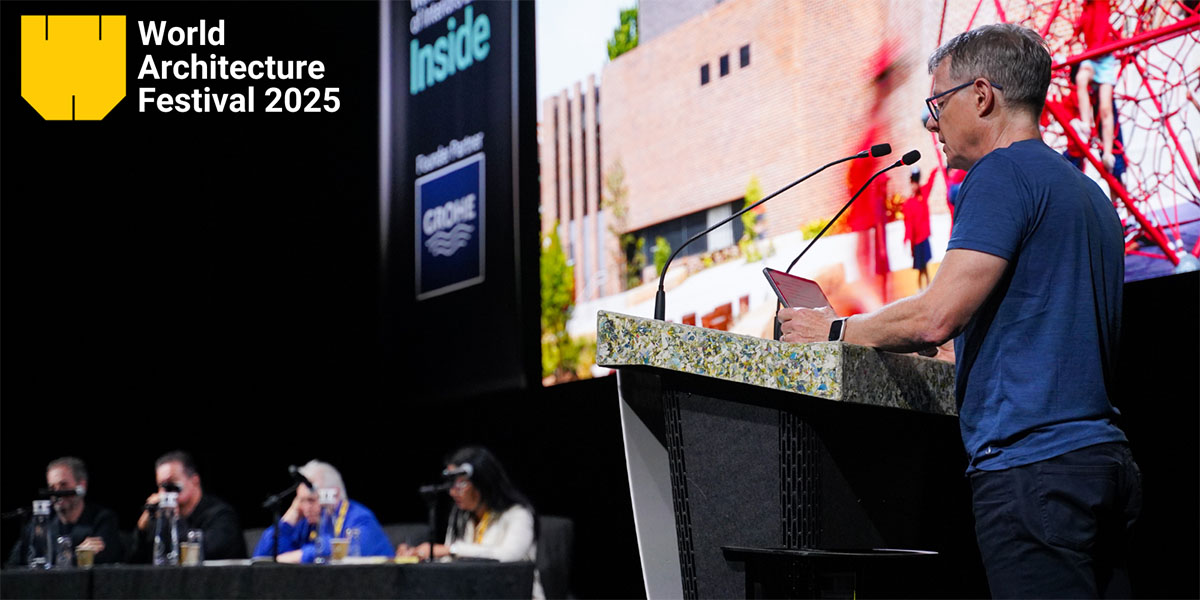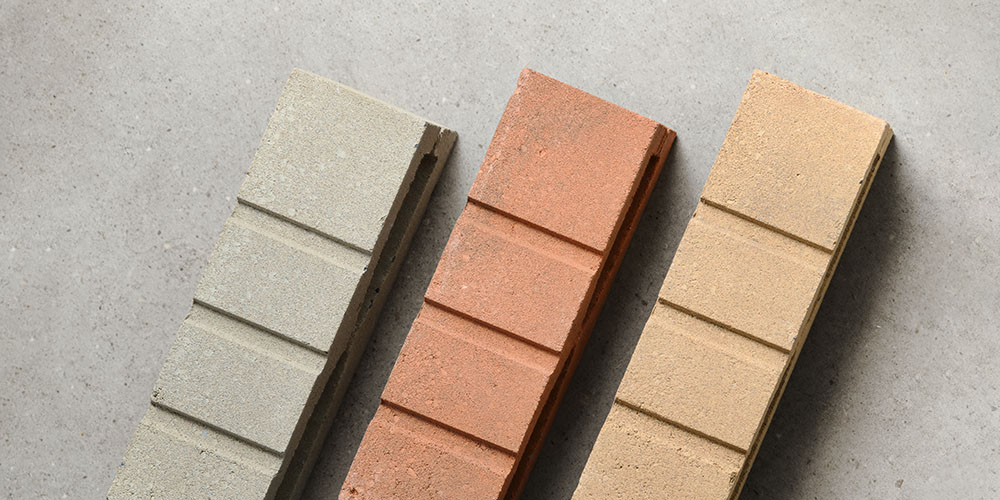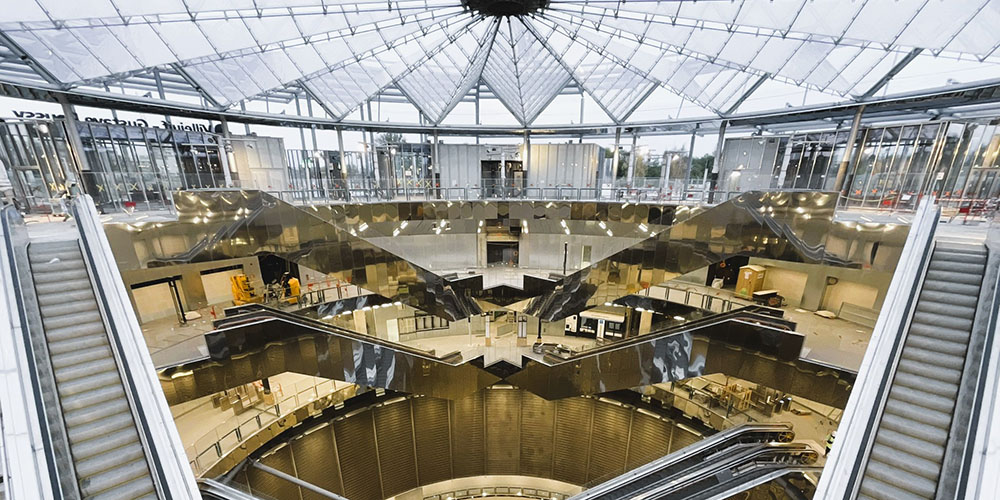The new social distancing norms will impact any spaces where large gatherings may occur. There are obvious advantages of a virtually interconnected world. Video calls and collaborative digital boards have temporarily replaced all in-person sessions. We discovered that we can connect with anyone, anywhere, anytime.
Of course, nothing can replace the nuance of live interaction or live experiences. The logical solution to overcome existing challenges, as also maintaining social interactivity, emerges from a more judicious co-relation of the two seemingly opposing options.
Many experts say that there is a need to increase the proportion of virtual interaction in our daily lives. Simultaneously, it would be useful to explore the option of studying or working from home on specified days of a week. But sooner or later this situation will calm down…
What about traveling? What about social interaction? How can designers create flexible spaces and look at repurposing and adapting existing buildings to create unique experiences?
Sergey Tchoban, founder at German architecture firm Tchoban Voss attests his need and wishes to come back to a real social interaction after Covid19 “In my life, I have already experienced a period in the Soviet Union. I understood the world as “unglobal”, I couldn’t travel anywhere, I could only dream to travel. Nowadays I get the same feeling for the second time in my life. The globality of the World is completely broken. We are speaking to each other inside a very narrow circle. Everything is going virtual, but virtuality is also very dangerous because we ask ourselves – Would I like to travel to another country to develop or join some projects there? – Of course, this is not possible. I heard from my clients that they are going local sourcing local people and local building materials. This is the traditional architectural habits of 2-3 centuries ago… In the last 70 years, we were used to be very global, using and involving competences from all over the World. I think we are losing a lot being local and afraid of traveling and connecting. I hope that our globality and our feeling to be together will come back very soon“.
While the short-term effects of coronavirus are obvious, the long-term impacts are uncertain. Much depends upon how much we are willing to embrace new models of social interaction.
“Designing for social interaction means emphasizing the spaces in between” said Krister Jens Industrial PHD fellow at Henning Larsen Architects “Switching to home work has not just meant losing the sharp efficiency of face-to-face work, but also losing the pleasure of casual interactions. One of the key places these interactions happen are in circulation spaces – both within buildings and outside in the public realm. As designers, we need to think of circulation spaces as more than a means to an end, a way from ‘a’ to ‘b’. How can we shape circulation spaces to be hubs for sharing and engaging with ideas, inclusive environments where individuals can unfold their potential? For this, we are about to understand how spaces influence the different types of human interaction, which broadly speaking include formal and informal interaction, work-related and non-work related, programmed or un-programmed. The question whether different activity types can be compromised and supplemented with each other in open circulation spaces will help to test the performance of our spaces on user needs”
Courtesy: Henning Larsen | Photography: Alex Fradkin
Carlo Ratti, founding partner of the international design and innovation office Carlo Ratti Associati and professor at MIT, says that it will be more an evolution than a revolution. “Our cities have endured more devastating pandemics than coronavirus in the past. Those experiences make them more resilient. Going back to the 14th century, sixty percent of the population in Venice was wiped out because of the plague. Yet somehow it managed to recover, and the beautiful “calli” and “campi” live on. I think that what the crisis does is actually accelerating transitions that had already been initiated. More flexible work arrangements, higher amounts spent online (especially on merchandise over experiences), the use of bicycles etc. In this sense, the changes will be more an evolution than a revolution. That said, the impact should not be underestimated. It will be enough of a transformation if every single company reduces its office space by 10%. We would have saved enough square meters to transform those offices into homes for our younger generation and less well-off groups”
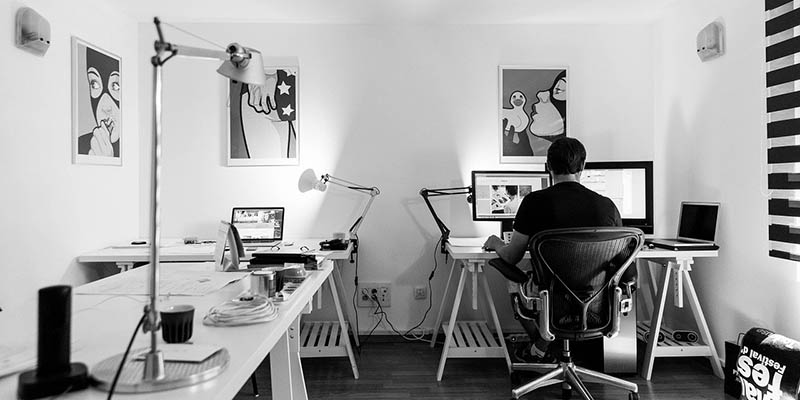
Photography: tookapic
Nanne De Ru, founder at Powerhouse Company says “The Covid19 crisis has revealed a number of modern age paradoxes about the importance of office design in the age of internet. First off, and I guess that was the same for almost all architecture office, it’s amazing how fast our 100+ employees were able to resume work from home. It took about 36 hours to fully convert our way of working from an office model to a work-at-home based model. Not only would that have been impossible 10 or even 5 years ago, it also implies that the value of the office as a space is perhaps overrated. The digital world has simply proven to at least equally efficient in orchestrating large labor forces. Think about it: this was impossible for the last centuries. Secondly, and this is for me personally equally astonishing, it is with remarkable ease that almost all our architects were able to create a professional workspace in their house. Basically, they converted their house into a make-shift office. The Powerhouse Company office was now dispersed of 100+ rooms throughout the world… That fascinating thought led to the idea to make drawing of our Covid-19 office: we asked everyone to draw their workspace in their home in the same scale. We connected all of them into one large virtual office. It’s an amazing drawing, it’s actually quite emotional to look at. What’s really fascinating for me is that this drawing doesn’t read at all like a modern day office (=column free spaces, highly flexible, generic and interchangeable) but rather like pre-modern, room based set up. As if the whole chapter of architectural modernization of workspaces is virtually wiped out by the coronavirus and we all work together again in large adventurous and labyrinthine Palazzos where rooms are carved out of mass…”
Marc Bertier, Workplace strategist, Sociologist PhD, Architect at Groupe Kardham says “Working during the confinement has been a turning point. Thanks to digitalization it has reinforced old trends: remote working, new ways of collaborating, new tools. Confinement also increased the stress on the business and its future. Our study about ‘’working during the confinement” shows that in response to this stress, many teams reinforce their internal communication. People focus on what they know to survive in an uncertain environment. They train themselves with webinars. They work on internal tools and processes. They closed never finishing internal projects. In other words, they became more experts. At the same times, our study shows that communication between teams decreased. Focusing on expertise, teams have less connected each other. In some cases, we have observed some retrograde practices comeback like waterfall process or overlaps. Without regular encounters, it is like teams have lost the common purpose of their work. Those insights strengthen the social work purpose of the office. Design has to help people to connect to each other. Create the fashionable ‘’serendipity”. As work is a continuity of activities, the workplace might be able to support them. If I use my time to commute to the office, I want to find an easy to use workplace. It has to support my different needs and serve the organization goals. Focus, team work, sharing times, social encounters might be considered as a flow in multi-purpose areas“.
The desire to interact with other humans is the driving force behind the establishment of large and small communities. The world today finds itself at a fork in the patch. Which road we take towards globalization has broad and long-lasting implications not only for business but for how we confront future challenges to humanity.
This is the most significant reversal of globalization we have seen in decades, but all these architects said this is even the opportunity to reinvent spaces and evolve the way we relate with the aim of focusing on what matters most – connecting people with place in the most sustainable and healthy way, with human interaction always at the core.

